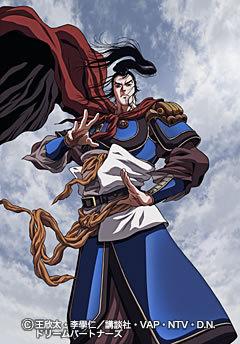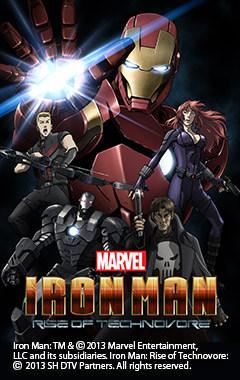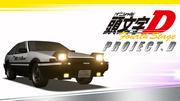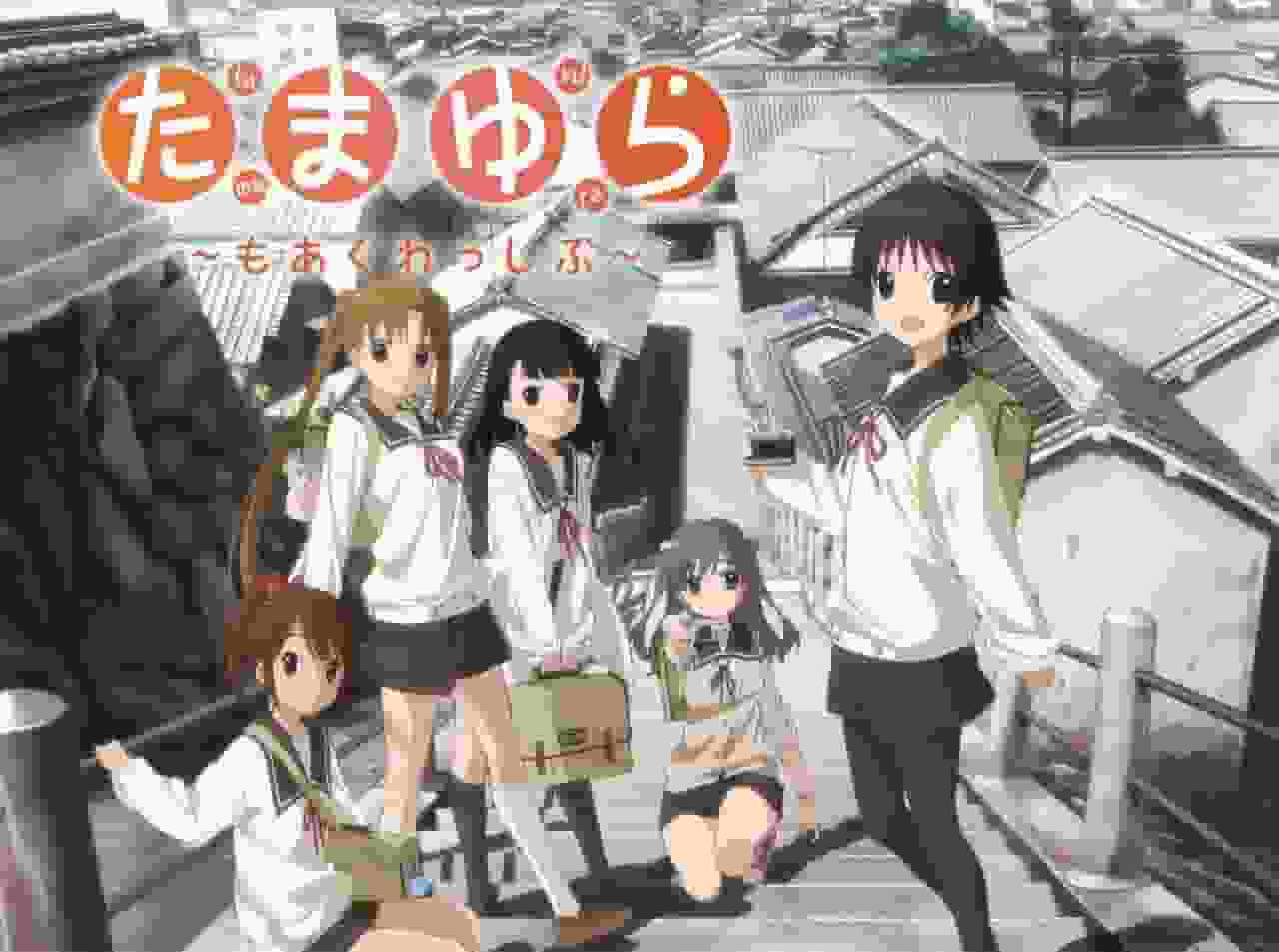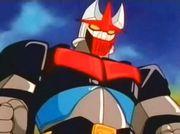The appeal and reviews of "Daikuu Maryu Gaiking": A must-see robot anime masterpiece
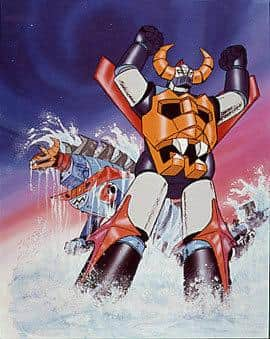
Gaiking - The charm and full story of the nostalgic robot anime■ Public MediaTV anime series ■ Original MediaAnime Original ■ Broadcast periodApril 1, 1976 - January 26, 1977 Every Thursday 19:00-19:30 ■Broadcasting stationCX ■Frequencieshalf an hour ■ Number of EpisodesEpisode 44 ■Original StoryOriginal story by Kunio Nakatani, Akio Sugino, and Dan Kobayashi ■ Director・Direction: Katsumata Guji ■ ProductionProduced by CX, Toei (animation), Asahi Tsushinsha ■ StoryProfessional baseball player Tsuwabuki Sanshiro loses his right arm in an attack by a monster from the Zera Planet's Dark Horror Army, and loses his career as a professional baseball player. Invited by Dr. Omonji, Sanshiro is greeted by the members of the Combat Force, who are protecting the Earth, and the gigantic attack ship Daiku Maryu. Possessing latent psychic powers, Sanshiro becomes a member of the Combat Force and fights the Zera Planet's dark monsters as the pilot of the giant robot Gaiking. ■ExplanationToei Animation's first original robot anime. The story was created by Kunio Nakatani, the characters by Akio Sugino, and the mecha by Dan Kobayashi. In a sense, the work placed more importance on the exploits of the gigantic attack ship Daikuu Maryu than on the main character Robo Gaiking. ■Cast・Tswabuki Sanshiro/Akira Kamiya・Midori Fujiyama/Mami Koyama・Pete Richardson/Makio Inoue・Yamagatake/Osamu Kato・Dr. Oomonji/Hidekatsu Shibata・Hachiro/Noriko Tsukase・Fan Lee/Kan Tokumaru・Bunta Hayami/Kenichi Ogata・Gen Sakon/Shunji Yamada ■ Main staff・Original story: Kunio Nakatani, Akio Sugino, Dan Kobayashi ・Planning: Koji Bessho, Azuma Kasuga, Takeshi Tamiya ・Production: Yoshiro Sugawara ・Series composition: Masao Maruyama ・Screenplay: Susumu Takakuwa, Shozo Uehara, Haruya Yamazaki, and others ・Direction: Guji Katsumata, Akinori Namase, Yoichi Kominato, and others ・Character design: Takeshi Shirato ・Art setting: Fumihiro Uchikawa ・Music: Shunsuke Kikuchi ■ Theme songs and music・OP ■Detailed evaluation and recommendation■ Background and history of the workThe 1970s was a time when robot anime was booming, and among them, "Daiku Maryu Gaiking" attracted attention as the first original robot anime produced by Toei Animation. This work was broadcast on CX (now Fuji TV) from April 1, 1976 to January 26, 1977, for 30 minutes every Thursday from 7 pm. It was a long-running series consisting of 44 episodes, and its content had a major impact on children at the time. ■ The appeal of the storyThe story of "Daikyuu Maryu Gaiking" is about Tsuwabuki Sanshiro, a former professional baseball player whose baseball career is cut short by a monster attack, and who fights as a member of the Combat Force to protect the Earth. This premise was very relatable to children at the time. In particular, the premise that Sanshiro has latent supernatural powers gave viewers dreams and hope. Also, the battles with the Zera Alien's dark horror army were thrilling and kept viewers hooked. ■Charm of the charactersThe main character, Tsuwabuki Sanshiro, was impressive with his powerful voice acting by Kamiya Akira, who left a deep impression on viewers. The companions who support Sanshiro are also unique and charming. In particular, the performances of Koyama Mami, who plays Fujiyama Midori, and Inoue Makio, who plays Pete Richardson, are superb, and the relationships and growth of the characters enrich the story. Furthermore, the calm voice of Shibata Hidekatsu, who plays Professor Omonji, adds depth to the work. ■ The appeal of mechanicsOne of the biggest attractions of "Daiku Maryu Gaiking" is the design and action of the super-giant attack ship Daiku Maryu and the giant robot Gaiking. Daiku Maryu overwhelms viewers with its size and power, and Gaiking's battle scenes are always worth watching. In particular, Kobayashi Dan's mechanical design was extremely sophisticated, and had a quality that stood out among the robot anime of the time. Gaiking's transformation and attack scenes also captured the hearts of children, creating many fans. ■ The appeal of musicThe theme song "Daikyuu Maryu Gaiking" and the ending song "Hoshizora no Gaiking" further enhanced the worldview of the work with Isao Sasaki's powerful singing voice and Shunsuke Kikuchi's composition. The opening song in particular gives courage and hope to viewers and is memorable to many people. Shunsuke Kikuchi's talent also shines in the music during the film, helping to liven up the battle scenes and other moving scenes. ■ Achievements of the production staffThe production staff for "Daikuu Maryu Gaiking" were the cream of the crop at Toei Animation at the time. Kunio Nakatani, Akio Sugino, and Dan Kobayashi, who were in charge of the original story, were in charge of story setting, character setting, and mecha setting, respectively, and created the framework for the work. Director Guji Katsumata and series composer Masao Maruyama also played a major role. Furthermore, the beautiful visuals of character designer Takeshi Shirato and art designer Fumihiro Uchikawa also enhanced the appeal of the work. ■Influence and evaluation of the work"Daikyuu Maryu Gaiking" had a huge impact on the robot anime boom of the 1970s. In particular, the presence of the gigantic attack ship Daikyuu Maryu influenced subsequent robot anime, with similar settings appearing in many works. Gaiking's design and battle scenes also left a strong impression on viewers, and it continues to be loved by many fans. Furthermore, this work gave dreams and hope to children at the time, and has remained in the hearts of many people. ■ Recommendation points"Daikuu Maryu Gaiking" is a monumental robot anime of the 1970s, and its appeal has not faded even today. In particular, the following points are recommended:
■ How to watch and related products"Daikuu Maryu Gaiking" can still be viewed on DVD and Blu-ray. It is also available on streaming services, so you can enjoy it easily. In addition, related products such as figures, models, and books are also sold, so fans can enjoy collecting them. ■ Summary"Daikuu Maryu Gaiking" is a work that led the robot anime boom of the 1970s, and its appeal is still loved by many people today. This work, which combines various elements such as the depth of the story, the charm of the characters, the power of the mechanics, the power of the music, and the talent of the production staff, continues to give dreams and hope to viewers. Please watch it at least once and experience its appeal for yourself. |
<<: King Hamehameha of the Southern Islands: A thorough analysis of the appeal of Minna no Uta
>>: The appeal and appreciation of Ikkyu-san: A deep insight into the classic anime
Recommend
The new Chinese trailer of "The New Batman" announces the appearance of Batmobile and Catwoman
Recently, Warner Bros. officially released a new ...
The latest trailer of the new original animation "One Piece Princess" confirms that it will be broadcast in October
The new original animation "One Piece Girl&q...
The appeal and evaluation of the unaired short movie "DEPTH OF FIELD ~ Theater of Love and Hate" from "Love, Chunibyo & Other Delusions!"
The appeal and evaluation of "Love, Chunibyo...
The classic manga "Akira" protagonist's motorcycle figure is revived! Exquisite details and full of science fiction
The red motorcycle, the protagonist's vehicle...
The horror film "Candyman" released a new TV commercial and will be released in North America on August 27
The horror film "Candyman" released a T...
The number of fans of the animation "The Three-Body Problem" has exceeded 7 million, and the Douban score has dropped to 5.1 points
Today (January 3), the official website of the an...
A thorough review of the New Prince of Tennis OVA! What is its appeal?
The New Prince of Tennis OVA: A story of new chal...
Nintama Rantaro Season 30: Evaluating the new appeal and evolution of this long-running anime
The appeal and evaluation of Nintama Rantaro 30th...
Netflix Japanese drama "Nuclear Disaster Sun and Moon" released an official trailer to be broadcast on June 1
This morning (May 12), Netflix released the offic...
Candy♡Candy's Summer Vacation: A Thorough Analysis of the Touching Story and Characters
"Candy♡Candy Candy's Summer Vacation&quo...
"Bad Boys 4" grossed over 100 million yuan worldwide in its first weekend, and its North American opening exceeded expectations
Will Smith seems to have come out of the Oscar &q...
China's first case of banning Japanese anime piracy sites, 95% of which are Japanese users
Today, on March 28, according to Japanese media r...
Magia Record: Puella Magi Madoka Magica Side Story -A Shallow Dream of Dawn- Final Chapter Review and Impressions
A comprehensive review and recommendation of &quo...
"Weird's Salad Bowl" review: A unique anime with distinctive characters and unique storytelling
"Weirdo's Salad Bowl": A youth dram...
ONE PIECE "3D2Y" A touching episode in which Luffy overcomes Ace's death and deepens his bond with his friends
ONE PIECE “3D2Y” Overcoming Ace’s Death! Luffy’s ...
